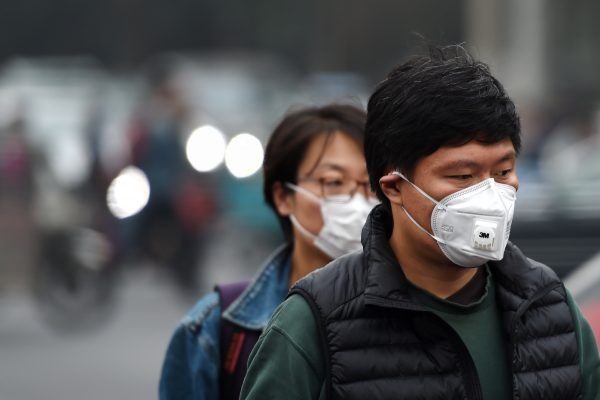

Follow us on:  
|


Beijing regularly issues color coded warning as air quality worsens in the capital and other areas [Xinhua]
The Beijing Gardening and Greening Bureau said that would increase the total green area percentage of the city from 46.2 to 48.3 per cent.
The government will also build “five urban forests, 21 small green spaces, 10 leisure parks and 100km of healthy green ways,” Chinese news agency Xinhua has said.
Increasing green spaces is believed to improve air quality.
Every winter, Beijing faces an air pollution crisis; authorities have put in place a color code system to indicate the dangers pollution has on the city residents.
China’s color code alerts include red – as the most dangerous and lethal, followed by orange, yellow and blue.
The red code is triggered when the city anticipates four consecutive days of heavy air pollution, including two days of severe air pollution.
A red alert is also issued if the city’s Air Quality Index (AQI) reaches 500, local media have said.
In addition to curbing the use of vehicles and applying stricter pollution controls to construction sites and those that use coal as an energy source, the government is fast-tracking the manufacturing of “green” cars.
In 2017, nearly 800,000 such “green” vehicles were sold on the Chinese market.
“New energy vehicle production jumped 53.8 percent to 794,000 units last year, up 53.8 percent from the previous year,” the China Association of Automobile Manufacturers (CAAM) said.
This comes as the Chinese government seeks to adopt a two-tier approach to environmental safety and boost its automotive industry.
Beijing is also going to reclaim forests that have been transformed to agricultural lands.
The BRICS Post with inputs from Agencies